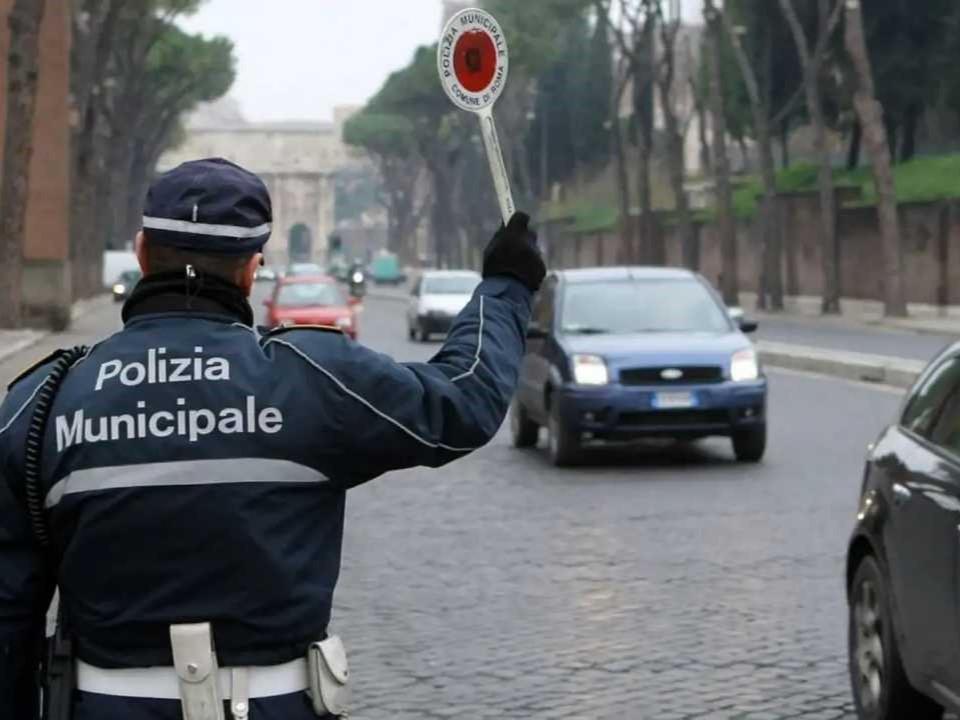

The new Italian Highway Code, effective from December 2024, represents a substantial shift towards safer, more sustainable driving practices. With an emphasis on reducing accidents, protecting vulnerable road users, and promoting green technologies, the changes aim to modernize Italy’s roads and ensure they are safer for everyone.
These changes are also part of a broader European effort to make road transport more eco-friendly and technologically advanced, addressing the challenges posed by rapid urbanization and climate change.These are the key changes in the new Italian highway code.
1. Stricter Penalties for Dangerous Driving:
One of the most significant updates is the introduction of tougher penalties for reckless driving. This includes harsher fines and points on the driver's license for behaviors such as speeding, driving under the influence of alcohol or drugs, and using mobile phones while driving. The goal is to curb dangerous driving and encourage more responsible behavior on the roads.
2. New Speed Limits:
The new code introduces changes to speed limits, particularly in urban areas. While the general speed limit in cities remains at 50 km/h, it will be reduced in certain zones, particularly near schools, hospitals, and residential areas. The aim is to enhance pedestrian safety and minimize the risk of accidents in densely populated zones. Additionally, the speed limits on highways will also be revisited in certain areas to accommodate the growing number of electric vehicles, which have different braking and acceleration characteristics.
3. Electric and Hybrid Vehicle Incentives:
The new highway code gives more prominence to environmentally friendly vehicles. Electric and hybrid cars will benefit from incentives such as priority lanes and reduced tolls, encouraging drivers to switch to more sustainable modes of transportation. This aligns with Italy's broader goals of reducing carbon emissions and promoting green mobility.
4. Pedestrian and Cyclist Protection:
Significant attention has been paid to the safety of vulnerable road users. The code introduces stricter regulations for pedestrian crossings and cyclist lanes. Drivers will be required to stop when pedestrians are crossing at designated crossings, and there will be greater enforcement of laws requiring cyclists to wear helmets. The legislation also aims to increase the number of bike lanes across cities, making it safer for cyclists and reducing the risk of accidents.
5. Stricter Rules for E-Scooters:
The rise in popularity of e-scooters has prompted a new set of regulations. Under the new highway code, the use of e-scooters will be more tightly controlled. Riders will be required to wear helmets, follow designated routes, and avoid riding on pedestrian paths. The goal is to reduce accidents involving e-scooters, which have become a growing concern in urban areas.
6. Enhanced Driving Tests and Licensing:
The new code also calls for more stringent driving tests, particularly for those applying for a motorcycle license. The updated tests will focus more on practical, real-world driving situations to ensure that new drivers are better prepared to handle the complexities of road safety. There will also be a greater emphasis on educating drivers about new technologies, such as advanced driver assistance systems (ADAS), which are becoming increasingly common in modern vehicles.
7. Introduction of Smart Traffic Management:
The code outlines provisions for integrating advanced traffic management technologies. This includes the use of sensors, cameras, and AI-powered systems to monitor traffic flow, detect violations, and even automatically issue fines for offenses such as speeding or running red lights. These smart systems will be rolled out across Italy’s cities to improve traffic control and reduce congestion.
8. Higher Safety Standards for Cars:
New safety standards will be enforced for cars on the road. Vehicles will be required to be equipped with the latest safety technologies, including systems that alert drivers to pedestrians or cyclists, automatic emergency braking, and lane-keeping assistance. These features are aimed at reducing collisions and saving lives.
9. Focus on Road Infrastructure and Maintenance:
The code also highlights the need for regular maintenance and upgrades to Italy's road infrastructure. As part of the update, there will be increased funding for road repairs and the construction of new, safer roads. The government will focus on addressing areas with high accident rates and improving road signage to make navigation easier and safer for drivers and pedestrians.


